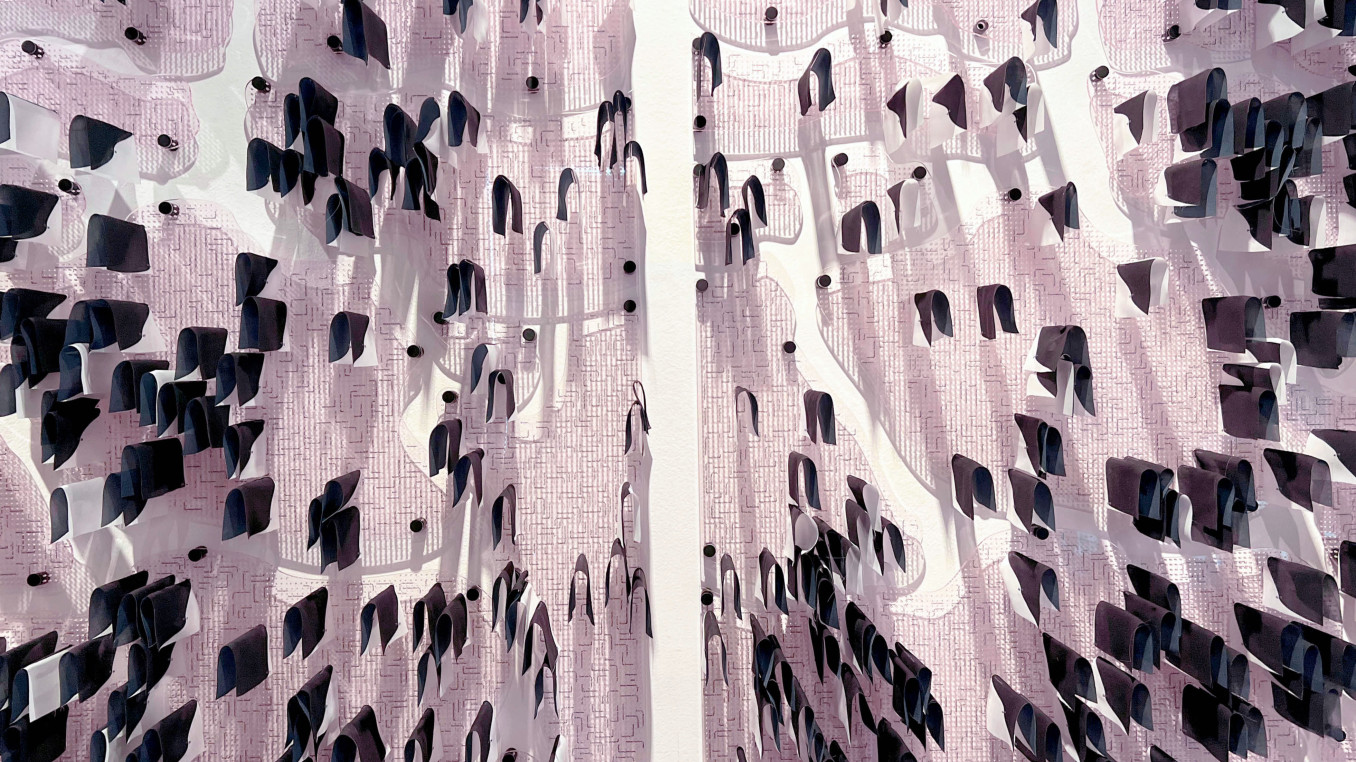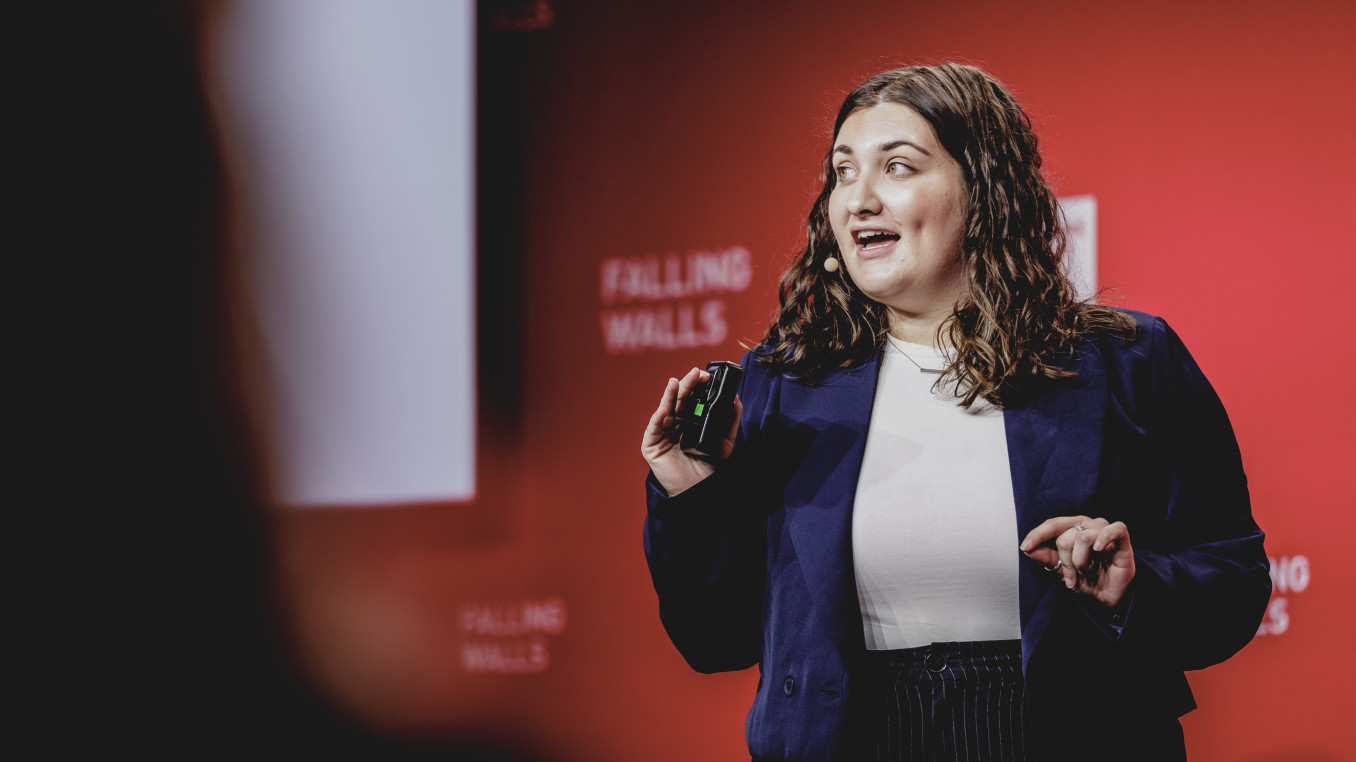Breaking the Wall of Empires
Breaking the Wall of Empires
Global Call 2025 Finalist Interview: Art & Science
Prof. dr. Vladan Joler is a professor at the University of Novi Sad, a researcher and artist whose work blends critical design, data investigations, counter-cartography, investigative journalism, writing, data visualisation and numerous other disciplines. He explores and visualises different technical and social aspects of algorithmic transparency, digital labour exploitation, invisible infrastructures and many other contemporary phenomena at the intersection between technology and society.
Which wall does your research or project break?
Calculating Empires breaks the wall between history and present-day technological systems by revealing the deep, entangled genealogy of power, classification and computation over the past 500 years. It challenges the dominant narratives that position AI and data infrastructures as recent, apolitical innovations by situating them within centuries-old systems of empire, colonialism, enclosure and control.
By integrating political theory, data infrastructure, history and visual culture into a single immersive experience, Calculating Empires resists the siloing of expertise that typically separates technologists from historians, or artists from policy makers. The project’s format—two massive visual maps accompanied by a large format book—invites multi-layered interpretation, collaborative knowledge production and ongoing revision. It transforms spectators into participants, breaking the wall between exhibition and inquiry.
Another limitation the project seeks to overcome is the reduction of complex systems into oversimplified narratives. Contemporary AI discourse often centres on individual breakthroughs or market applications. This project restores the long view, showing how classification systems used in 17th-century colonial taxonomies share conceptual DNA with today’s algorithmic sorting. It illuminates the continuity of control mechanisms—from slave ships to biometric surveillance—thus challenging the temporal and moral distance often assumed between past and present. By visually and spatially mapping power across centuries, Calculating Empires insists that technological systems are never neutral. They emerge from specific contexts of exploitation and control. The installation becomes not just a critique, but a proposition: a call to reckon with the past to reshape the future of technology more justly and reflectively.
What is the main goal of your research or project?
Calculating Empires is a large-scale research visualisation exploring how technical and social structures co-evolved over five centuries. The aim is to view the contemporary period within a longer trajectory of ideas, devices, infrastructures and systems of power. It traces technological patterns of colonialism, militarisation, automation and enclosure since 1500 to show how these forces still subjugate and how they might be unwound. By tracking these imperial pathways, Calculating Empires offers a means of seeing our technological present in a deeper historical context. And by investigating how past empires have calculated, we can see how they created the conditions of empire today.
The contemporary tendency toward simplification and solutionism has weakened the ability to handle dense information, while our technical and environmental realities only become more complex and interdependent. By visualising these interlaced histories of empire in intricate detail, we hope to better understand our current predicament. In the words of French historian Fernand Braudel, “If one wants to understand the world, one has to determine the hierarchy of forces, currents and individual movements, and then put them together to form an overall constellation.” Calculating Empires invites the visitor inside this constellation.
Calculating Empires takes Donna Haraway's provocation literally that we need to map the “informatics of domination.” The technologies of today are the latest manifestations of a long line of entangled systems of knowledge and control. This is the purpose of our visual genealogy: to show the complex interplay of systems of power, information and circumstance across terrain and time in order to imagine how things could be otherwise.
What advice would you give to young scientists or students interested in pursuing a career in research, or to your younger self starting in science?
Always question the assumptions behind the systems you study or build. Science and technology do not exist in a vacuum—they are deeply shaped by social, political and historical forces.
The most urgent questions of our time—climate change, algorithmic bias, digital surveillance—require thinking across disciplines. Build a strong foundation in your core field, but stay curious about philosophy, history, art and politics. The ability to synthesise ideas across domains is not a weakness; it’s a power.
Be sceptical. Not all innovation is inherently good. Who benefits from this technology? Who is made invisible or harmed by it? What histories are being repeated or erased? Ethical science demands this kind of critical reflection, not just technical skill.
Seek out people who challenge your assumptions and expand your thinking. Some of the most transformative work happens when scientists, artists, and activists come together to tackle a question none of them could answer alone.

